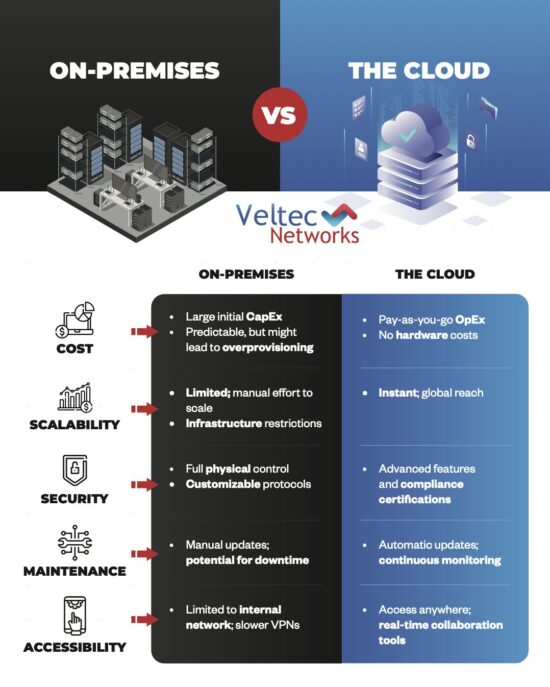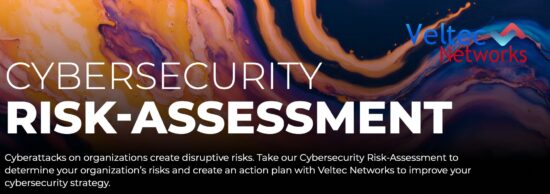Zoom Cybersecurity 101: How To Keep Intruders Out Of Your Meetings
Video meeting solutions like Zoom are extremely popular during the COVID-19 pandemic, which makes them key targets for cybercriminals. Are you sure your Zoom meetings are properly secured against intruders?
Zoom is a video conferencing solution that allows up to 1,000 attendees to get together a single virtual meeting. It has become widely popular over the course of the COVID-19 pandemic, both for professional purposes as well as social ones.
Unfortunately, any technology that becomes this popular this quickly often attracts the attention of cybercriminals and troublemakers. Users have been reporting an increased rate of something called “Zoom-bombing”, which occurs when someone intrudes on your meeting to causes disruptions or eavesdrop on your conversation.
Furthermore, cyber risk assessment firm Cyble has discovered more than half a million stolen Zoom credentials being sold on the Dark Web for almost nothing. The stolen info included usernames, passwords, meeting IDs, and host keys.
The point is that while Zoom is useful right now, it’s also vulnerable – unless you take the right precautions…
Zoom Cybersecurity Tips
- Set A Password For Your Meeting. In Zoom’s settings, you can enable a password requirement for all instant meetings.
- Use A Unique Meeting ID. It can be convenient to use your personal meeting ID (PMI), but it’s not the safest option. This number is the same every time, so as soon as the wrong person gets their hands on it, all your future meetings are compromised. Instead, you can have Zoom generate a unique ID for each meeting.
- Don’t Share Meeting Info On Social Media. Again, it may be easier to get the word out about your next big meeting by using social media, but without the right security settings in place, anyone can get that info. If you need to share an invite, do it directly over email.
- Use The Waiting Room. The Waiting Room feature in Zoom allows the meeting host to control when a participant joins the meeting. You can meet with one person while another waits in the waiting room and then allow the person waiting to join the meeting.
- Limit Screen Share To Hosts. One of the key ways that intruders disrupt meetings is by displaying inappropriate content through screen share. Make sure to select “only the host can share” under the settings.
- Manage Participants Carefully. As the host, you have a lot of power as to what goes on in the meeting. You can mute or boot participants as you see fit by using the “Manage Participants” option.
If you’re worried about your work-from-home technologies or cybersecurity, then don’t try to handle it all on your own. The Veltec Networks team will help you evaluate your remote capabilities as a whole to make sure you’re not missing out on useful solutions or taking on any unnecessary risks.
Like this article? Check out the following blogs to learn more:
Phishing Scams Spike During Coronavirus
How to Protect Your Business
How to Support Remote Workers With G-Suite Tools During COVID-19
Google Hangouts Helps Bay Area Businesses Through Coronavirus






